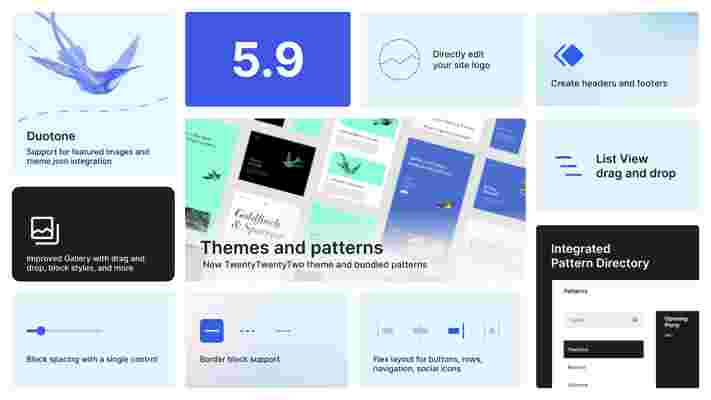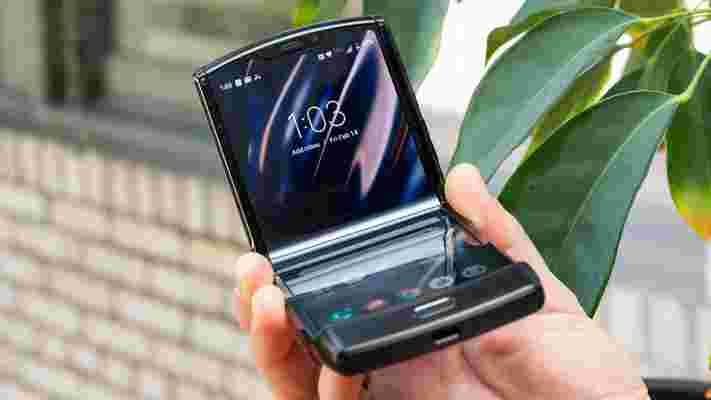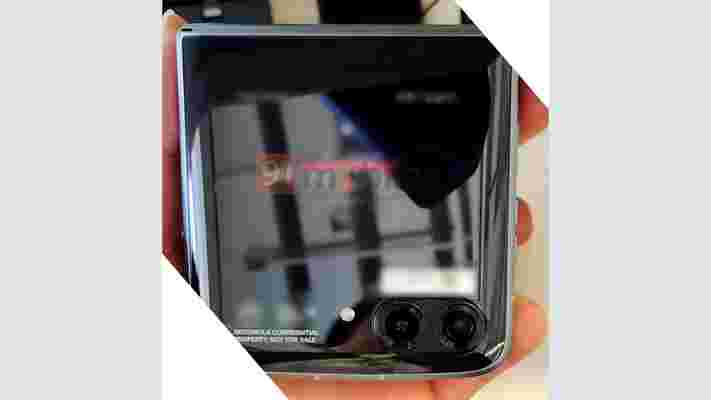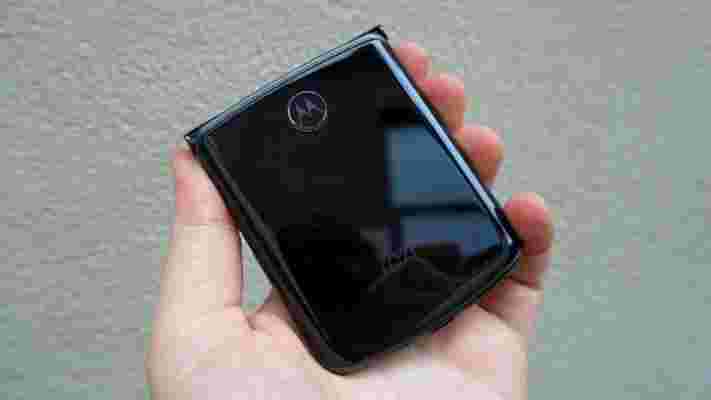WordPresrg has announced the release of WordPress 5.9, a new version of the famous CMS that will change the way many people build their websites .
The new iteration of WordPress delivers a series of fundamental changes. Perhaps most notable is the introduction of new themes made entirely of blocks, which give users far broader control over the site experience.
To help users make the most of the changes, WordPress 5.9 comes bundled with a new default theme called Twenty Twenty-Two. The theme is designed to be highly flexible and can be moulded and tweaked from the Site Editor, where users can make global changes to color scheme, font combinations, page templates and more.
Beyond block-based themes, WordPress 5.9 also features new typography tools, layout options and detailing controls (for borders, spacing etc.), which WordPress says will give sites an additional feeling of polish.

WordPress 5.9 update
The new release marks the halfway point of the Gutenberg project, a multi-year initiative that will eventually see the entire WordPress publishing experience reimagined. The overall idea is to streamline the building process such that non-technical users are incentivized to get creative with their sites.
“This release is a major milestone on the journey toward being able to manage all areas of your WordPress site using the same basic block concepts,” said Josepha Haden Chomphosy, Executive Director at WordPress.
“It puts a focus on how people can and should be able to build their space on the web without necessarily requiring that they be a brilliant developer. Because publishing should belong to artists and creators just as much as it belongs to designers and developers.”
WordPress 5.9 is the first build to feature this new set of foundational tools, which will continue to be refined and improved over time with the help of the WordPress community.
To access the new full-site editing facilities, users need to either download WordPress 5.9 directly or update from their site dashboard, then activate Twenty Twenty-Two or another of the block-based themes available.
Motorola Razr 2022: here's everything we know so far
The next Moto foldable phone , presumably called the Motorola Razr 2022, is shaping up to be a big reinvention for the family - it's the third-gen version of the phone, following on from the Motorola Razr 2019 and Razr 2020 , but it might be the first really worth paying attention to.
Motorola skipped a year in its pattern, with no Razr 2021, which has given the company even more time to create the best foldable it can - leaks also suggest it's going to have some impressive specs.
We haven't got solid confirmation that Motorola is working on a third-gen Razr phone, but it seems likely with the annual installments up until now. Especially with the Samsung Galaxy Z Flip 3 slated to launch in late 2021, and the iPhone Flip hoped for in 2022, there's lots of competition for Moto to fight with.
We're referring to this phone as the Motorola Razr 2022, as while we originally called it the Razr 2021, that never showed up. Lots of our wish list, which you can read below, remains the same - Motorola’s first two foldables were interesting but flawed, so there’s a lot of room for improvement here.
We’ve also included a look at when the Motorola Razr 2022 is likely to land, and what it might cost, all of which you’ll find below. And as soon as there are any rumors or news about it, we’ll add that in too.
Cut to the chase
Motorola Razr 2022 release date and price

There aren’t any release date rumors yet, but the Motorola Razr 2020 was announced on September 9, 2020, and went on sale around a week later on September 15. However, the Motorola Razr 2019 was announced in November 2019 and didn’t go on sale until February 2020.
As such, Motorola doesn’t have a consistent release schedule for this range, so it’s hard to predict exactly when the Motorola Razr 2022 will be unveiled, but for now our best guess would be in or around September, since that would be around the anniversary of the last model.
We were initially expecting a 2021 model but that evidently never showed up. Hopefully, the 2022 Razr will see bigger improvements as a result.
There’s no news on price either, but the Motorola Razr 2020 cost $1,399 / £1,399 (around AU$1,900) at launch, so we might see a similar price for the 2021 model.
Motorola Razr 2022 leaks and rumors
When rumors first suggested that the Motorola Razr 2021 had been canceled , the source gave a promising ray of hope: apparently the company had skipped a year so it could work on the perfect foldable.
Subsequent leaks have suggested that could be true. One such piece of information is that the phone could have a top-end processor in the Snapdragon 8 Gen 1, which would make the mobile much more powerful that the Razr 2019 and 2020. These had mid-range chipsets.
The leak also points to a redesigned phone with a smaller notch, a 50MP main camera with 32MP front-facing and 13MP ultra-wide companions, a 120Hz AMOLED screen and up to 512GB storage.
That sounds too good to be true, but the source also says the battery capacity is 2,800mAh which is... small.
Recent comments by Lenovo executive Chen Jin suggest that the Motorola Razr 3 could get an internal storage bump to 512GB – that would be double the storage that comes in the 2020 version of the phone, but we'll have to wait and see.
We've also now seen the first leaked images of the Motorola Razr 2022, one of which is included below. From these snaps, it looks as though the device's rear camera will get an upgrade to two lenses this time around, with the aforementioned 50MP and 13MP specs.

What we want to see
The Motorola Razr 2020 has a lot to like about it but also a lot of issues, which is why we only gave it three stars in our review. For the Motorola Razr 2021 to be a five-star phone it could do with the following.
1. A lower price

The Motorola Razr 2020 isn’t as expensive as the Samsung Galaxy Z Fold 2 , but it still costs more than most conventional smartphones, even top-end ones, and it isn’t a top-end handset itself.
As such, and particularly in the face of competition from the Samsung Galaxy Z Flip range, we’d really like to see the Motorola Razr 2021 have a lower price. If it can drop closer to $1,000/£1,000 that would make it a lot more tempting.
2. Better battery life
One of our main complaints about the Razr 2020 is its battery life. Despite having two screens the phone only has a 2,800mAh battery, which is far smaller than most phones, and that translates into life that’s often under a day in our tests.
It would probably fare better if you make heavy use of the small secondary screen rather than the main display, and it could be hard to put a much bigger battery in it without sacrificing the compact size, which is part of the appeal, but a phone that doesn’t reliably last a day isn’t a phone you can rely on.
3. No more creaks
Another issue we had with the Motorola Razr 2020 was that the hinge would creak when unfolding the screen. This was an issue with the 2019 model too, but we really hope it’s fixed for the Motorola Razr 2021.
While Motorola reassures that the creak is nothing to worry about, it’s also not something that you want a premium device to exhibit.
4. A better screen
The Razr 2020 has two screens but neither of them are particularly special. Its main 6.2-inch screen is slightly lower resolution than most high-end and even many mid-range phones at 876 x 2142, and it just has a basic 60Hz refresh rate too.
Its secondary screen is even less impressive at 2.7 inches and 600 x 800, though that’s more forgivable since it’s designed as a smaller, lesser screen.
For the Motorola Razr 2021 we really want to see some upgrades at least to the main display. The size of the current model is fine but a higher resolution and refresh rate would definitely help.
5. An any-angle screen
Speaking of the screen, the Razr 2020’s main display can either be open flat or closed, but the Samsung Galaxy Z Flip lets you use the phone at any angle. So if you want to half open the main screen so you can sit it flat at a right angle for example, you can.
We’d like the Motorola Razr 2021 to also have this ability. It’s a small thing, but it helps make the most of having a screen that folds.
6. More cameras
The Razr 2020’s cameras aren’t bad as such but they’re fairly basic, as there’s just a 48MP f/1.7 main camera and a 20MP f/2.2 selfie camera, so you don’t get the assortment of snappers that even quite affordable phones often now have.
For the Motorola Razr 2021 then we want more cameras, with at the very least main, ultra-wide, and telephoto all accounted for.
7. Top-tier power
The Motorola Razr 2020 has a Snapdragon 765G chipset, which is upper mid-range, but given that this phone costs more than most flagships we’d like to see high-end power.
So unless the Motorola Razr 2021 is significantly cheaper, we’d like it to include the Snapdragon 888 chipset (found in the likes of the Samsung Galaxy S21 ).
This Ring Fit Adventure rival won't give Nintendo any reason to sweat
The Quell Hero is a new fitness-focused gaming platform designed by the award-winning industrial design and innovation studio Morrama , and it immediately draws comparisons to the excellent Ring Fit Adventure on Nintendo Switch .
However, it’s already clear to me that the Quell Hero won’t topple Nintendo’s title to become the next big thing in fitness gaming.
Available to pre-order for a fairly reasonable sum of $219 (that’s around £160 / AU$305), the Quell Hero promises to provide a gym-quality fitness experience at home, and uses the same principle as Ring Fit Adventure to help users stay in shape – gamification and interactive software that makes working out more fun.
Dubbed “the world’s first dedicated fitness gaming system,” the Quell Hero uses two motion-sensing controllers that look like a cross between the Quest 2 Touch controllers and the Wii Nunchuk, and a smaller sensor to track your movement as you punch the air, jump about, and jog on the spot.
Where the Quell Hero stands out from other fitness gaming products, though, is its resistance bands that make punching the air around you more strenuous. Attached to a waistband, you can adjust the level of resistance to make each one-two uppercut all that more tiring. The waistband also has haptic feedback, which should mean you feel each blow from the onscreen enemies. You can check out a trailer for the Quell 2 below.
Punch out
So who’s going to buy the Quell Hero? Honestly, I’d be surprised if anyone would choose this device over Ring Fit Adventure for a number of reasons.
For starters, the price is already looking like a sticking point. Yes, $219 is cheaper than buying a Nintendo Switch and Ring Fit Adventure, which will likely set you back around $379. But a $150 saving isn’t exactly earth-shattering, especially when you can often get a Switch and Ring Fit Adventure for less during Black Friday .
You’re also getting so much more for your money if you pick up Nintendo’s system instead of the Quell Hero. Not only will you be able to play Ring Fit Adventure, which I’m 100% confident is a better all-around game than whatever Quell Hero’s heavily contrasted looking-title is called, but you’ll have access to every other game that has helped make the Switch so successful.
The Quell Hero also seems extremely limited when it comes to working out, too. Unlike Ring Fit Adventure, which contains countless different types of exercises, pick up and play minigames, and some clever tech such as using the IR sensor in the right Joy-Con to track your heartbeat, boxercise isn’t exactly the most exhilarating form of exercise you can do. There’s no guarantee that Quell Hero’s motion tracking will be up to snuff, either, which would ruin the entire experience.

It’s also worth noting that we’ve been furiously punching the air since 2006’s Wii Sports , so adding resistance bands isn’t exactly a groundbreaking innovation. I spent a few weeks playing Wii Tennis with weighted wrist bands back in the day, which I found far more compelling to play than mindlessly boxing.
And that’s probably my biggest concern with the Quell Hero. I’m not sure how engaging punching the same on-screen enemies will be after the first few play sessions, and running on the spot and leaping the air is hardly enough to mix things up.
If the software isn’t designed well, and punching has no weight or feel to it, why would you shell out over $200 to do something you could do for free? Or better still, play on the Nintendo Switch? There are plenty of boxercise games available, each of which uses the reliable motion-tracking of the Joy-Con controllers.
Quell your surprise

The Quell Hero might seem like an ambitious product if you read the marketing spiel behind it, but it’s actually incredibly risk-averse. There’s no reason to choose this over Ring Fit Adventure, an Quest 2, or even Wii Fit for that matter. Both of Nintendo’s fitness games and choice VR games do a fantastic job of keeping you engaged and playing, which is critical if you want to make exercise feel fun. Nintendo and Meta's hardware isn't just designed solely around fitness games, either, which means the value proposition is far greater than the Quell Hero could ever hope to achieve.
Even though I may have failed to get my own Ring Fit Adventure regime going, the Quell Hero has already fallen at the first hurdle: there’s no way I’d buy this product. In fact, I'm much more interested in working up a sweat playing Beat Saber in VR.